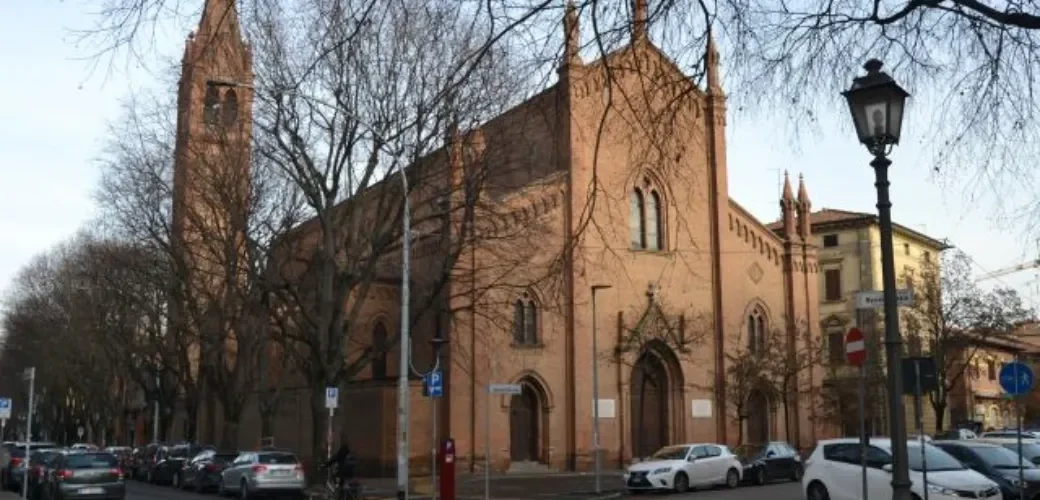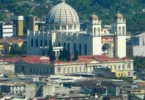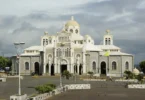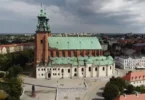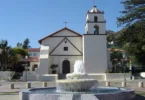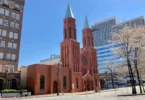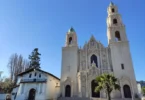Introduction
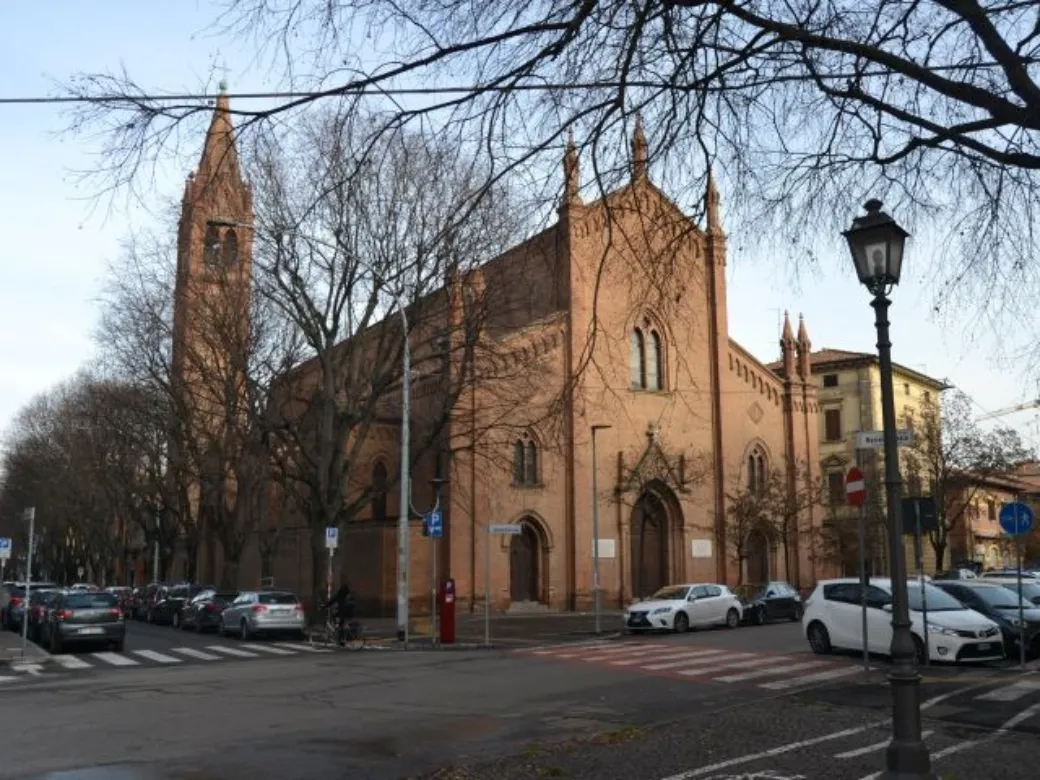
The Basilica of Saint Anthony of Padua, located in Bologna, Italy, is a significant Catholic place of worship situated at Via Jacopo della Lana 2. It lies just outside the historic city walls, in close proximity to Porta Santo Stefano, one of the city’s ancient gateways. This parish is overseen by the Franciscan Friars Minor, a religious order committed to the teachings and traditions of St. Francis of Assisi.
The basilica holds great historical and spiritual importance within the city, and its connection to the Franciscan order adds to its rich heritage. In recognition of its religious and cultural significance, Pope Pius XII elevated the basilica to the status of a minor basilica in May 1939, underscoring its prominence within the Catholic Church. The title “minor basilica” is granted to certain churches that are of particular importance due to their historical, spiritual, or architectural value.
Today, the Basilica of Saint Anthony of Padua stands as a place of pilgrimage, devotion, and community for both locals and visitors. Its dedication to Saint Anthony, a revered saint known for his preaching and miraculous works, attracts many who seek his intercession or wish to learn more about his life and legacy.
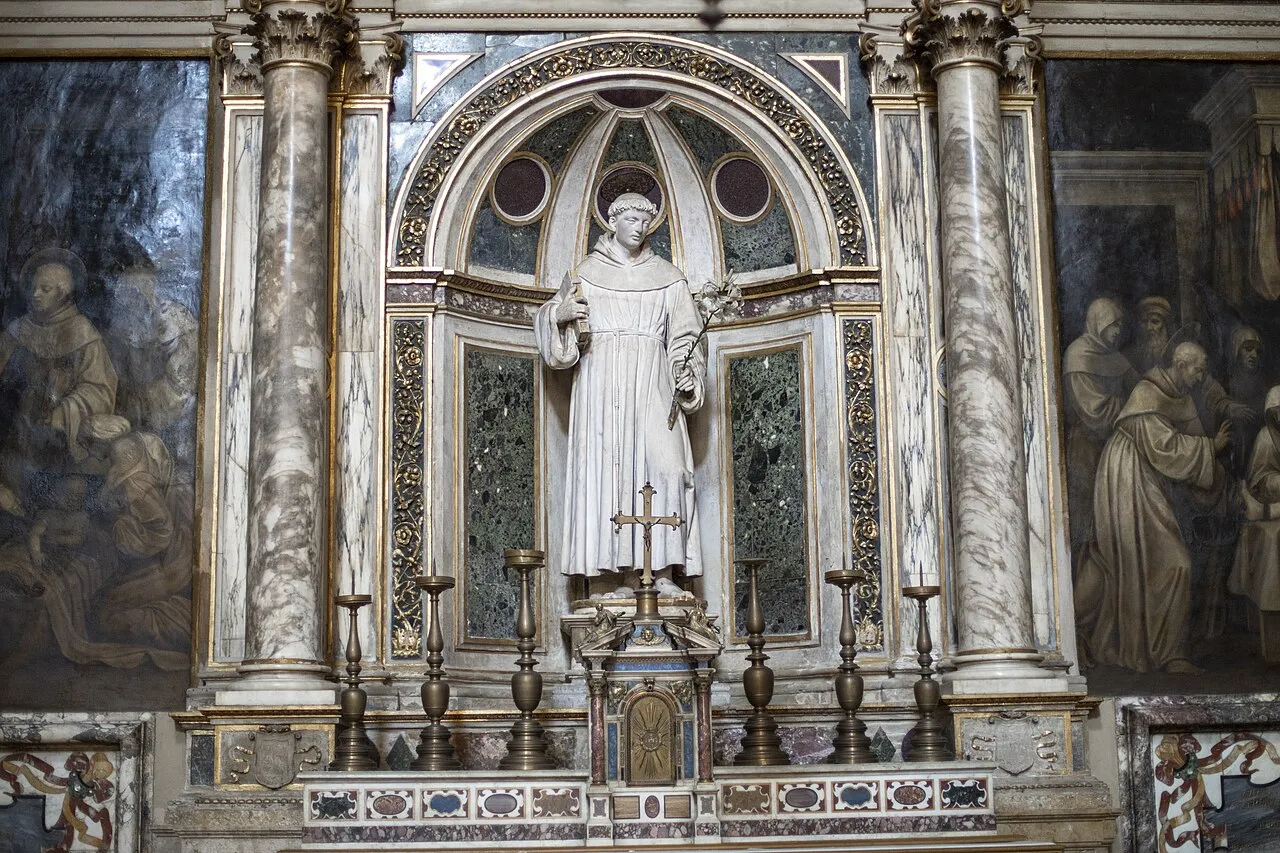
The figure of Saint Anthony of Padua holds a deep connection with the city of Bologna, as it was here that he spent the final years of his life teaching theology and preaching. Between 1222 and 1224, Saint Anthony was sent to the Studium of Bologna to combat heresies through his sermons. During this period, he stayed at the Convent of San Paolo in Monte, a part of the Franciscan Observance, where there was a small chapel dedicated to Saint Paul the Hermit. Here, he would often pray.
Saint Anthony became the first teacher of theology for the Friars Minor, and his influence extended to the foundational teachings of the Franciscan Order. Saint Francis himself sent a letter to Anthony, addressing him as “my bishop” and encouraging him to teach sacred theology to the friars, as long as the spirit of holy prayer and devotion remained intact, as outlined in the Rule of the Order. This message, written by Saint Francis, is also commemorated on a plaque on the facade of the Sanctuary of Saint Anthony.
Construction of the Church and Convent
While the figure of Saint Anthony was well established in Bologna, the construction of the church dedicated to him would occur much later. The Franciscan Order had owned several convents in Bologna, including the convent of the Church of Santissima Annunziata at Porta Procula (now Porta San Mamolo), which was part of the Minor Observants. After the Napoleonic and Savoyard confiscations in the 19th century, religious orders were suppressed in Bologna, and their convents were confiscated. The friars’ attempts to regain control of the Santissima Annunziata convent were unsuccessful, leading them to seek an alternative location for a new convent.
In the late 19th century, the friars decided to build a new convent dedicated to Saint Anthony to honor his stay in the city. They selected a location between Porta Maggiore and Porta Santo Stefano, the site of the ancient “Foro Boario.” Construction was swift, and the convent was inaugurated on May 3, 1899.
Construction of the Church
The first stone of the church itself was laid on September 3, 1903, under the design of the engineer Carlo Barbieri. Like the convent, the construction of the church proceeded rapidly. By October 17, 1904, the church was consecrated by Monsignor Luigi Canali, a Franciscan bishop. A date commemorating this event is embedded in the pavement in front of the church’s portal.
Proclamation as the Antonian Sanctuary
The significance of the complex grew over the years. On June 13, 1930, the Feast of Saint Anthony, the Archbishop of Bologna, Cardinal Giovanni Battista Nasalli Rocca, solemnly proclaimed the site as the “Antonian Sanctuary,” cementing its importance as a religious and spiritual center in Bologna.
Architecture of Basilica of Saint Anthony of Padua, Bologna, Italy
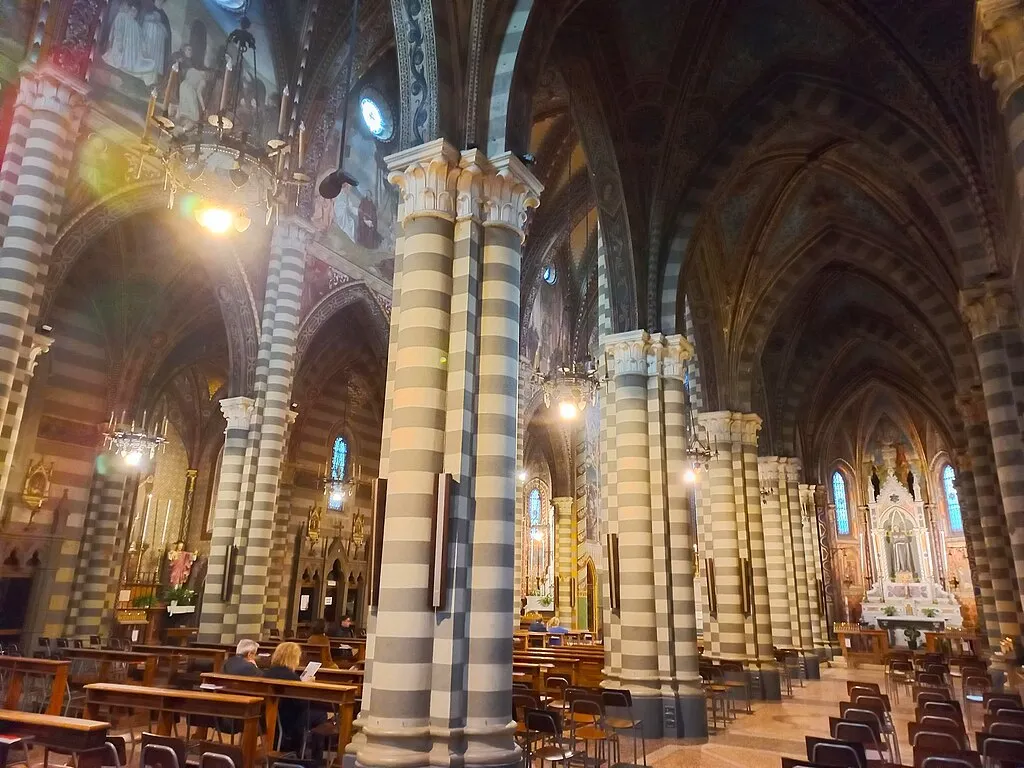
Architectural Style : Romanesque Revival architecture
Facade and Interior
The facade of the Basilica of Saint Anthony is designed in a neo-Gothic style, with an exterior made of brick. The church’s interior features three spacious naves, all beautifully painted with scenes from the lives of Saint Francis. The design is characterized by distinctive black and white band decorations, adding to the visual richness of the space. Several Franciscan fathers contributed to the paintings inside the basilica, including Father Eusebio Gelati, who is responsible for the choir stalls and the frescoes in the apses of the naves. Other notable artists involved in the creation of the artwork include Rufo Reffi, Augusto Centofanti, Pietro Pietroni, Giacomo Gemmi, and Antonio Maria Nardi.
The main chapel in the central nave is dedicated to Saint Anthony, while the chapel in the small apse on the right is dedicated to Saint Francis, and the one on the left is dedicated to the Immaculate Conception. Each of these chapels is lavishly decorated. In the chapel dedicated to Saint Francis, scenes from his life are depicted, including the approval of the Rule and the stigmatization. In the chapel dedicated to the Immaculate Conception, the Institution of the Eucharist is portrayed. These frescoes were completed by Giacomo Gemmi, as well as Fathers Centofanti and Eusebio Gelati.
Statue of Saint Anthony
In front of the basilica, in a small square now named after Mariele Ventre, stands a bronze statue of Saint Anthony. This statue, created in 1933 by sculptor Mario Bega, is a tribute to the saint and was designed by Bega, the brother of the renowned architect Melchiorre Bega.
Pipe Organ
The basilica houses a magnificent pipe organ located in the apse, on the floor. It was constructed by Franz Zanin in 1972, based on a design by Luigi Ferdinando Tagliavini. The organ features 37 registers across three manuals and a pedal. It has a mixed transmission system, with mechanical operation for the manuals and pedal, and electric control for the registers.
Bell Tower
The bell tower of the basilica, completed in 1928, was designed by architect Camillo Uccelli and is crowned with a spire. Inside the bell chamber, which is illuminated by pointed mullioned windows, hangs a set of five bells tuned to the key of Ab3 major (Ab3-Bb3-C4-Db4-Eb4). These bells were cast by the Bolognese bell founder Cesare Brighenti. The bells are equipped with a “double system” for ringing: an electric chain system is used for ordinary ringing signals, while for solemn “double” performances, manual intervention from bell ringers is required, particularly during the annual patronal feast held on June 13.
Antonian Institution
Adjacent to the basilica is the Antoniano institution, which was founded in 1953 by Father Ernesto Caroli. The institution is dedicated to promoting charitable and social activities. The adjacent convent, which includes a library, archive, study rooms, canteen, and infirmary, serves as the provincial headquarters for the Order of Friars Minor.
Feast Day
Feast Day : 13th June
The feast day of the Basilica of Saint Anthony of Padua in Bologna is celebrated on June 13, in honor of Saint Anthony of Padua. This day is marked with special religious ceremonies and events, as the basilica is dedicated to him and holds significant ties to his life and teachings.
Church Mass Timing
Monday : 7:00 AM , 9:00 AM , 6:30 PM
Tuesday : 7:00 AM , 9:00 AM , 6:30 PM
Wednesday : 7:00 AM , 9:00 AM , 6:30 PM
Thursday : 7:00 AM , 9:00 AM , 6:30 PM
Friday : 7:00 AM , 9:00 AM , 6:30 PM
Saturday : 7:00 AM , 9:00 AM , 6:30 PM
Sunday : 7:00 AM , 9:00 AM , 10:30 AM , 12:00 PM , 6:30 PM , 8:00 PM
Church Opening Time:
Monday : 6:30 am – 12:00 pm, 4:30 pm – 7:30 pm
Tuesday : 6:30 am – 12:00 pm, 4:30 pm – 7:30 pm
Wednesday : 6:30 am – 12:00 pm, 4:30 pm – 7:30 pm
Thursday : 6:30 am – 12:00 pm, 4:30 pm – 7:30 pm
Friday : 6:30 am – 12:00 pm, 4:30 pm – 7:30 pm
Saturday : 6:30 am – 12:00 pm, 4:30 pm – 7:30 pm
Sunday : 6:30 am – 12:00 pm, 4:30 pm – 7:30 pm
Contact Info
Address:
Via Jacopo della Lana, 2, 40137 Bologna BO, Italy.
Phone : +39051397190
Accommodations
Connectivities
Airway
Guglielmo Marconi Airport to Basilica of Saint Anthony of Padua, Bologna, Italy distance between 23 min (12.1 km) via Viale Palmiro Togliatti.
Railway
Bologna Centrale Railway Station to Basilica of Saint Anthony of Padua, Bologna, Italy distance between 13 min (4.4 km) via SS 9 Via Emilia.

